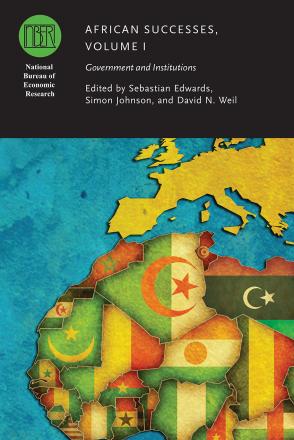Is Tanzania a Success Story? A Long-Term Analysis

The purpose of this paper is to provide a historical perspective on the reform process initiated in Tanzania in 1986, and deepened in 1996. In order to do this I concentrate mostly on the period spanning from 1967, when the Arusha Declaration was adopted by the official political party the TANU, and 1996, when a new approach towards foreign aid was implemented. I am particularly interested in investigating how external aid affected Tanzania during the early years, and how it contributed to the demise of the economy in the 1970s and 1980s. I also analyze the role played by foreign aid in the subsequent (after 1996) recovery of the country. I emphasize both technical as well as political economy issues related to imbalances, disequilibria, devaluation, black markets, adjustment, and reform. Because of the emphasis on foreign aid and macroeconomics, I pay special attention to three important episodes in Tanzania's economic history: (a) the exchange rate crisis of the late 1970's and early 1980s; (b) the IMF Stand-by Program and the maxi-devaluation of 1986; and (c) The serious impasse between donors and the Tanzanian authorities in the mid 1990s. At the end of the analysis I ask whether Tanzania is, as officials from the multilateral institutions have claimed repeatedly, a "success story."


